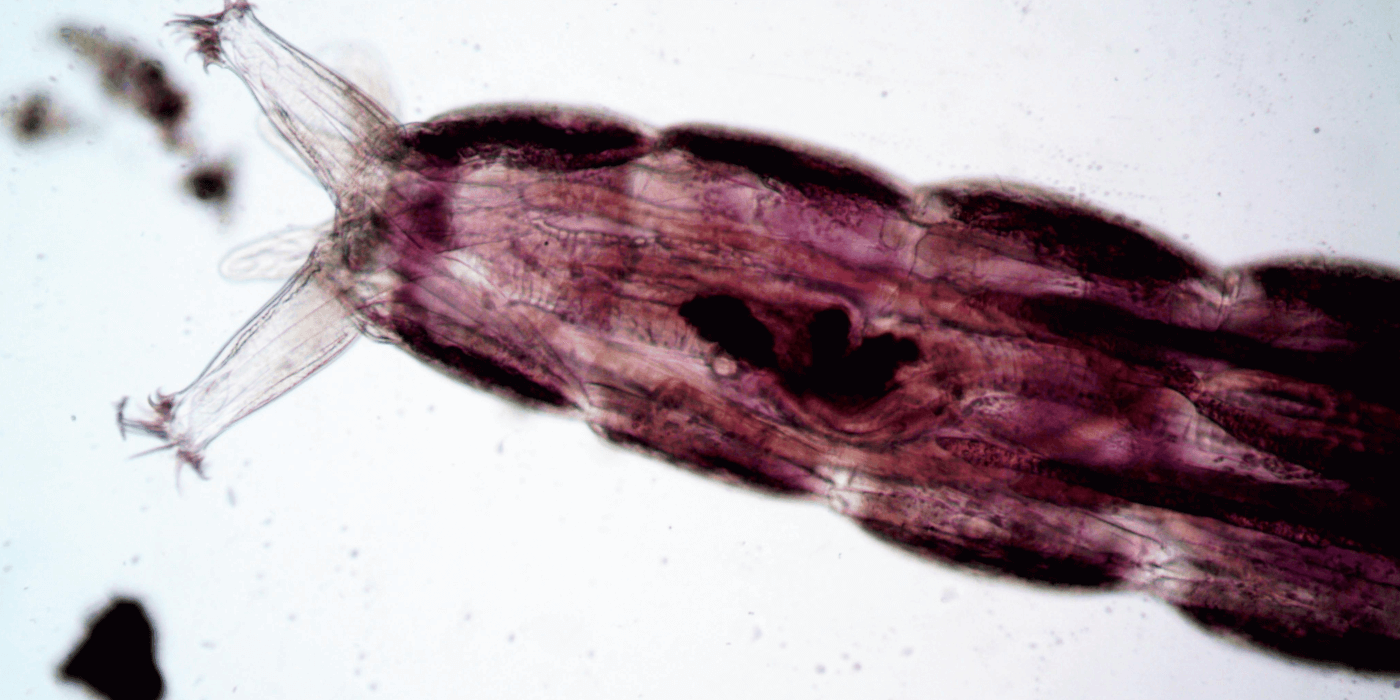Hey! Did you know that microbes are like the unsung heroes of our planet?
They're everywhere, from the soil to the sea, and even in the most extreme places. These tiny beings play a crucial role in keeping our ecosystems alive.
Picture this – they cycle carbon, absorb gases, and break down organic matter to give plants the nutrients they need.
It's like they're the behind-the-scenes workers, making sure everything runs smoothly in nature.
And here's the cool part – microbes contribute to soil stability by producing "glues" that help the soil filter and retain water.
But, you know, climate change can throw a wrench into this natural process with droughts and extreme weather.
But wait, there's more! Microbes are the future energy wizards.
They can convert yard waste or crops into biofuels like ethanol or hydrogen.
It's like turning trash into treasure, right?
Oh, and when it comes to protecting plants, microbes are the real MVPs.
They can eliminate pests, diseases, and even stop weeds from causing havoc.
These little guys are like the bodyguards of the plant world.
Isn't it fascinating how these tiny microbes are working behind the scenes, doing all these incredible things?
Nature is full of surprises!
Microbes 101: Understanding the Tiny Inhabitants
Our planet is home to a vast variety of microbes, and they're not just microscopic—they're everywhere, playing crucial roles in different environments.
Let's explore the incredible diversity of these tiny heroes.
Aquatic Microbes: Masters of the Seas and Freshwaters
Our oceans and freshwater bodies are bustling with microbial life.
Did you know that a whopping 90 percent of the weight of all living things in the ocean comes from microbes?
These little creatures thrive in extreme temperatures, from the freezing Antarctic lakes to the boiling hydrothermal vents.
Terrestrial Microbes: Beneath Our Feet
Beneath our feet, in the soil, lies a diverse microbial community.
Just a tiny teaspoon of soil can host millions of microbes!
Surprisingly, less than 1 percent of these soil microorganisms have been studied in a lab, leaving a world of untapped potential for understanding the benefits they bring to our environment.
Host-Associated Microbes: Friends Inside and Out
Microbes aren't just in the ground and water—they're part of us!
Humans, plants, mammals, fungi, and even arthropods (like insects and spiders) have their own microbiomes.
These tiny companions influence everything from our digestion and energy levels to our mood and immune health.
It's a lifelong partnership, starting from birth, hatching, or seedling.
Engineered Microbes: Nature's Cleanup Crew
Humans are finding ways to harness the power of microbes to help the environment.
In wastewater treatment, labs, and even in managing solid waste, microbes are our partners in bioremediation—a process where they detoxify contaminants in water, soil, and other places.
It's like having a natural cleanup crew at our service.
In every corner of our planet, microbes are silently working wonders.
From the depths of the oceans to the soil beneath our feet and even within our own bodies, these tiny heroes are essential to the balance of our world.
How Many Microbiomes Are Inside You?
Our bodies are like bustling cities for tiny creatures called microbes. Here are six main neighborhoods:
Gut Microbiome: In your tummy, there's a community helping with digestion, immune support, and even your mood and skin health. They're like the superheroes of your stomach.
Oral Microbiome: Your mouth has its own world with about 700 types of bacteria. They look after your teeth, gums, breath, and even help with digestion. They're connected to your heart and brain health too!
Skin Microbiome: Your skin is like a shield with microbes protecting it. They help against bad germs, keep the right pH, and make sure your skin stays healthy.
Respiratory Microbiome: In your nose and lungs, there's a microbial community still being explored. They play a role in your immune system and can affect breathing.
Urogenital Microbiome: The urogenital system combines urinary and reproductive parts for both men and women. Let's break it down:
Vaginal Microbiome:
We know more about the vaginal microbial community. Its job is to keep the vagina healthy, fending off infections, pregnancy issues, and STIs.
If things go out of balance, the pH level increases, giving room for yeasts and bacteria to cause problems like odor, pain, itching, and burning.
Certain bacteria play a crucial role by promoting lactic acid, maintaining a low pH for a healthy environment.
Male Urogenital Microbiome:
We're still learning about the microbial world in male urogenital parts.
Recent studies, though, have given us insights into the urinary tract microbiota. Understanding this is crucial, especially for men dealing with lower urinary tract issues and symptoms.
In the world of urogenital microbiomes, the vaginal community takes the spotlight with its known roles and functions.
Yet, the male urogenital microbiome is revealing its secrets, contributing to our growing knowledge in this fascinating area.
Mammary Microbiome: In mammary glands (yeah, where breast milk comes from!) microbes help with mammary health and make nutrient-rich milk for babies. It's like the first gift of microbes for newborns.
Remember, scientists are always exploring, so there might be more microbial neighborhoods to discover in our bodies!
Conclusion
In our big world, tiny microbes are like superheroes, working everywhere—from the oceans to our bodies.
They help us digest, protect our skin, and keep nature in balance.
Exploring the tiny worlds inside us, like our stomach and mouth friends, teaches us how these partnerships keep us alive.
Even though we're still learning about microbes in our bodies, like in the urinary system, scientists are on a quest to understand more.
So, as we admire these little heroes, we're excited for the next parts of their amazing story.



